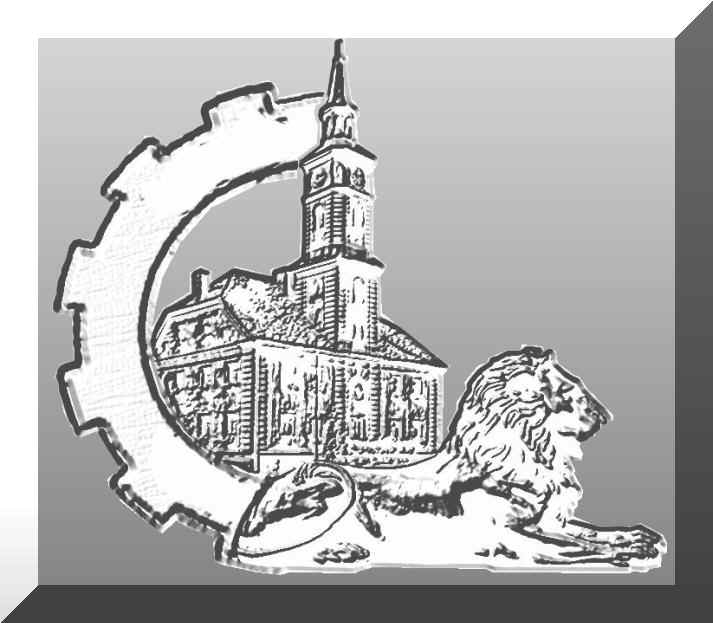|
„Gliwickie Metamorfozy” |
Theodor
Erdmann Kalide
–
8.02.1801–23.08.1863 |
Małgorzata
Malanowicz
Translation:
I. Wrodarczyk, W. Kwietniewski
Gliwice 2005 |
 |
www.gliwiczanie.pl |
 |
gliwickie_metamorfozy@op.pl |
|


| |
|
|
|
|

|
He was considered to be one of the most talented sculptors and modellers
in the Upper Silesia. He combined in his works classical and Romantic
styles and some people say that he was a pioneer of Art Noveau.
He
was born in Chorzów on 8th of February 1801 in the family of
the clerk from steelworks. He followed in his brother’s footsteps
and he started to work as a modeller of the artistic faundry in the
Steelworks of Gliwice, he was an apprentice of Fryderyk W.L. Beyerhaus. In
1819 he took up studies in the Acadaemy of Fine Arts in Berlin. After
graduation, in 1825, he returned to Gliwice – and he was working in
the Steelworks till his death.
|
|
|
|
|
|
|
He
was the only sculptor-artist and modeller in the history of the Steelworks,
who had university education in fine arts. During twenties of the 19th
century, he introduced a special branch of arts. The Steelworks of Gliwice
at that time had orders from Kraków, Vienna, Warszawa, Paris, Rome and
Moscow.
|
|
|
|
|
|
|
His artistic workpieces were known and admired in many countries. One
of his workpieces which remained in Gliwice is “Vigilant Lion”
(at present it is situated near the entrance to the “Villa Caro”).
The Museum has also got in its warehouse a sculpture called “A girl
with a lyre” and many moulds of sculptures, bas-reliefs and other
fancy articles. There is a fountain “A boy with a swan” in
Chorzów, his home town, (a replica of it is situated in Gliwice, on
“Dessau” square), “The Madonna” made of marble in
the church in Bytom-Miechowice, “Resting deer” in the castle
in Strzelce Opolskie and “Bacchante” in Berlin. He never
signed his masterpieces – that is why many of them are unidentified. |

|
|
|
|
|
|
|
 |
 |
|
|
|
|
|
|
He didn’t take care of the generosity of rich people, he has never
made a fortune and he has never became famous. He died in oblivion on the
23rd of August 1863. He was buried on the Steelworks’
Cemetery. |

|
|
|
|
|
|
|
In the past Robotnicza Street was called Kalide Street. In 2003, on
the 140th anniversary of his death a square nearby the
Cemetery got his name.
Beautiful tomb was broken to pieces during the robbery of the cast-iron
plate (its author was a sculptor, P. Lipp).
|

|
|
| |
|
|
|
|
W
2005 roku dzięki staraniom naszego stowarzyszenia i sponsorowi panu
Bernardowi Klinikowi - odrestaurowany nagrobek stanął na powrót na
cmentarzu. |
|
| |
|
|
|
|
|
|
|
|
|
|
|